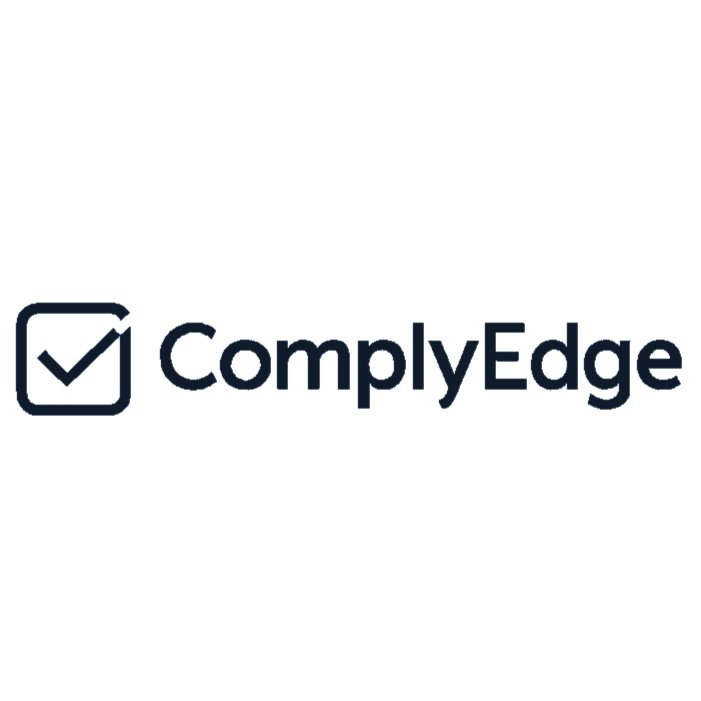The New Compliance Divide
Why SMEs, retailers, tech firms, alternative credit providers, and service businesses are heading for a reckoning and how to get on the winning side
1. The problem
Across Australia the rule book is tighter and expectations are higher. Larger organisations have teams to absorb change. Smaller operators do not. That gap is widening. Owners feel it every week. Sales needs attention. Staff need support. Cash flow is fragile. Compliance slips until there is a complaint, a data scare, or a dispute that eats leadership time.
The real cost is momentum. Lost bids. Higher insurance questions. Skeptical lenders. Staff who do not stay because the basics are not under control. None of this is inevitable. The divide closes when you install a compact operating rhythm that fits how a small business works.
Compliance is not a paperwork chore. It is a confidence signal that customers and partners can feel.
2. The proof
Signals are everywhere. Employment standards expect clearer boundaries and accurate records. Privacy and data security expectations are rising across the economy. Banks and enterprise buyers ask suppliers to show operational resilience and clean data practices. Climate and sustainability requests are flowing down value chains. Regulators keep pointing to governance, culture, and accountability.
This is not a single law story. It is a systems story. Customers, lenders, and partners are screening for reliability. The businesses that answer with clarity move faster and win more.
The penalty is not only a fine. The penalty is the deal you never see.
3. The consequences of delay
People risk
Loose rosters, fuzzy expectations after hours, and patchy records invite disputes. Good people prefer employers who respect time, pay accuracy, and clear process.
Cash risk
Errors create back pay, legal cost, and higher insurance questions. Lenders and investors read risk from the way you run the basics.
Growth risk
Bigger buyers will keep asking for privacy controls, cyber basics, and sustainability data. If you cannot answer, you stall at the short list.
Compounding risk
When issues stack up, leaders go defensive. Firefighting crowds out strategy. The divide hardens.
Control the basics and you unlock better customers, better staff, and better pricing.
4. The solution
A ninety day blueprint that fits any small or medium business
You do not need a massive program. You need a tight sequence with visible control points.
Week one to two: Set your baseline
Hold a ninety minute risk huddle with the owner and one senior staff member. Map five pain points across people, privacy, payments, product, and partners.
Confirm the awards or pay settings that apply. Lock a single source of truth for rosters, approvals, and payroll inputs.
Build a simple data map. What personal information you collect. Where it lives. Who can access it.
List your top five customers and suppliers. Flag which ones will ask for privacy, cyber, or sustainability information in the next twelve months.
Weeks three to six: Fix the foundations
Link time and attendance to payroll. Remove manual edits except by named approvers.
Publish three essential workplace policies in plain English. Right to disconnect with examples. Pay and hours with steps for fixes. Complaints handling with clear routes and timeframes.
Refresh your privacy notice. Set access controls on shared folders. Turn on multi factor authentication for mail, finance systems, and your main apps.
Run a quiet payroll self review. Sample three months. Correct errors now and document the fix.
Weeks seven to ten: Prove resilience
Draft a one page business interruption plan. Name your critical processes and who acts if you are unavailable for forty eight hours.
Capture a short supplier statement on data handling and response times.
Build a compliance calendar. Quarterly checks on payroll accuracy, access to personal information, and training completion. Add reminders one month before key legislative dates.
Weeks eleven to thirteen: Turn compliance into growth
Prepare a two page client fact sheet that shows your controls across people, privacy, payments, and product. This is your tender response pack.
Capture a simple emissions and energy baseline. Keep it practical. Enterprise buyers will keep asking for this.
Train managers on respectful communications outside hours and on how to approve exceptions. This protects culture and avoids disputes.
Sector lenses to sharpen the plan
Retail and hospitality
Tight rosters. Award interpretation. Evidence of breaks and approvals. Clear complaints process. Store cameras and privacy signage that align with your policy.
Tech and software
Data inventory and access logs. Vendor due diligence. Security by default on admin accounts. Release checklists that include privacy impact questions.
Alternative credit and fintech
Licensing readiness checks. Product governance and customer communications. Third party oversight with clear response times. Incident logging that supports resilience expectations.
Professional services and traders
Client engagement terms that cover data handling, scope, and changes. Evidence of staff training. Documented handover process for when a key person is away.
5. Your edge
Early movers bank an advantage that compounds. You look reliable to customers who value continuity. You keep staff engaged because people know where they stand. You attract partners who want clean handoffs and fewer surprises. Most of all, you buy back leadership time for growth.
Compliance at this level is design. It is the operating system that lets a small business perform like a much larger one.
Contact ComplyEdge to tailor this plan to your business. Or explore our toolkits to use this blueprint as your starting point.
